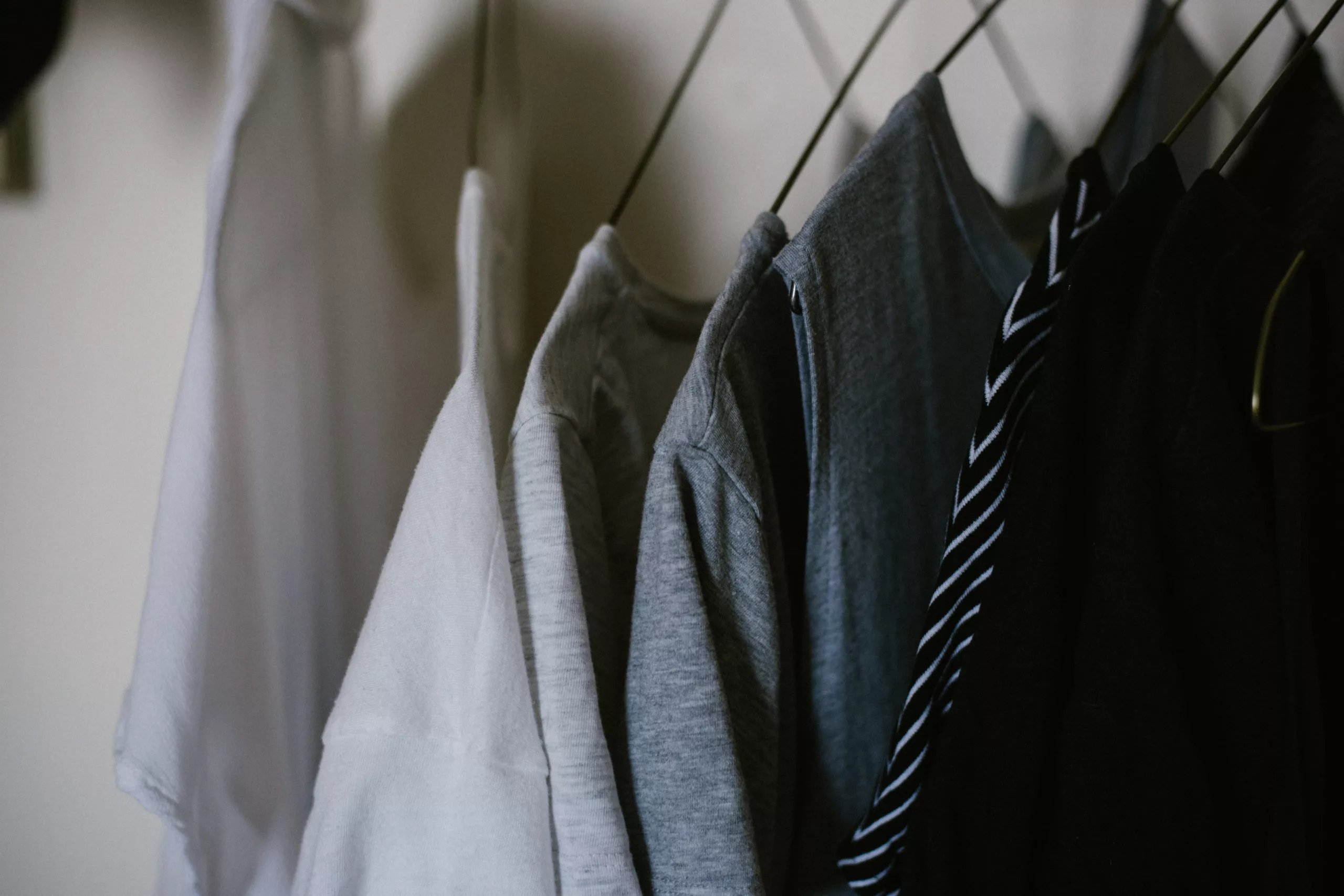Fashion rental isn’t a new concept. Online retailers like Rent the Runway, Nuuly, and Le Tote have shown that consumers want a more sustainable and affordable way to try new outfits. The next evolution of fashion rental is starting to gain momentum: peer-to-peer fashion rental apps.
Different apps have different unique selling points, but P2P fashion rental follows a similar formula. Lenders create profiles where they list items from their personal closets, with pieces ranging from designer fashion and vintage to emerging brands. Users can browse the app and select items to borrow for a determined fee and time period.
There’s a social element to many of these apps, too. Eshita Kabra, founder of the app ByRotation, likens peer-to-peer clothing rentals to borrowing clothes from a friend’s closet (or even experiencing a slice of their lifestyle).
“There’s very much this social aspect to it — and it’s really about these repeat renters who rent from the same woman, over and over again. So they follow a woman and they end up essentially having twice as big a wardrobe,” Kabra told TechCrunch. “They’re kind of living the life of someone else, essentially.”
What are the different peer-to-peer fashion rental apps?
Peer-to-peer fashion rental apps may be new to the market, but they’re growing quickly. Along with ByRotation — a UK-based app that entered the US earlier this year — Tulerie, ReSuit, and Loanhood are also popular options.
Tulerie is unique in that it’s free for lenders and doesn’t require a subscription. “After an initial FaceTime interview, members can shop the closets of other users. Each item has its own special price with the option to be rented for four, 10, or 20 days,” explained Vogue.
ReSuit follows a similar concept, but it also allows users to sell their clothes on its app. The brand likens its approach to Airbnb. “There was a time when letting strangers stay in your home seemed outlandish, but then along came Airbnb,” says ReSuit’s website. “The sharing economy has transformed many industries and we think it’s high time for the fashion industry to join the revolution.”
Each of these apps takes a cut when a loan agreement is made. For instance, Tulerie charges a 24% lending fee per transaction; Loanhood adds a 15% service fee which is included in the price a user sees when browsing.
Why people love peer-to-peer fashion rental
There’s a lot to love about these peer-to-peer fashion rental apps. For one, they help shoppers cut down on clothing waste. Rather than buy a new item, wear it for one season, and discard it for a landfill, shoppers can borrow something for a specific event and send it back. It’s economical and eco-friendly.
In addition, many of these apps have focused on creating a community. Loanhood, for instance, hosts events where people can meet up in person to connect and swap clothes. Kabra considers ByRotation to be similar to a social network, rather than a retail site. “It’s very similar to Instagram,” she told Refinery29. “People end up following each other and [can] repeat rent from the same person over and over again.”
It’s hard to say how much you could make lending clothes through a peer-to-peer fashion rental app. Anecdotally, one user was able to make over £1,000 on a dress she bought on sale for £350. Of course, as long as the item of clothing holds up, you can rent it out to people indefinitely — making back the initial sale price and then some.
Peer-to-peer fashion rental apps are a great option to explore if you’re trying to shop more sustainably, or if you want to make a little extra cash on the side. Just make sure you read the fee structure before you price your item!



